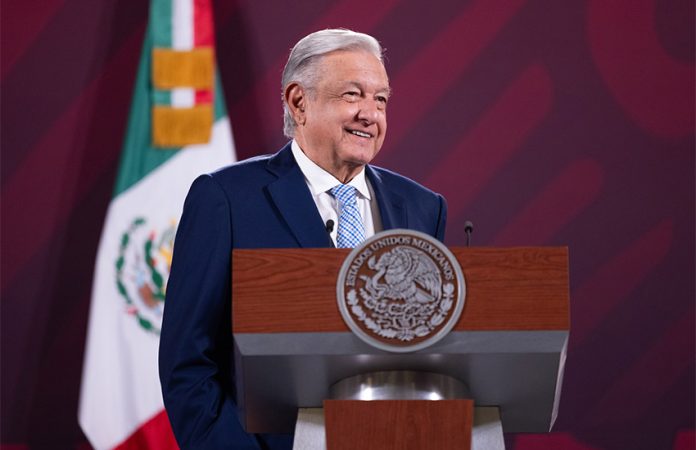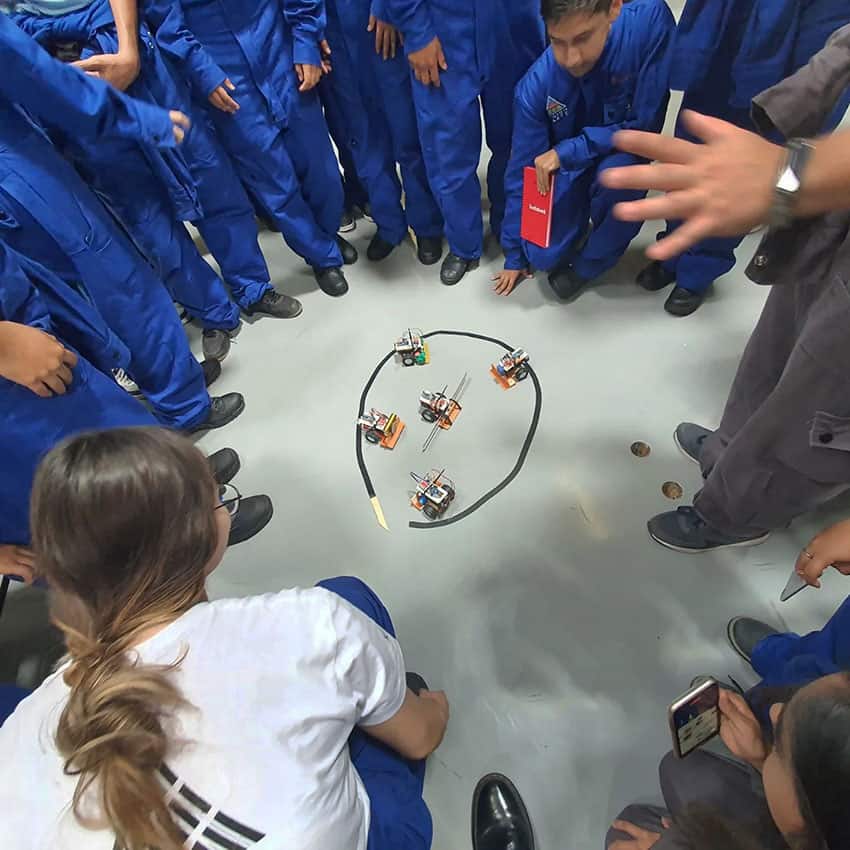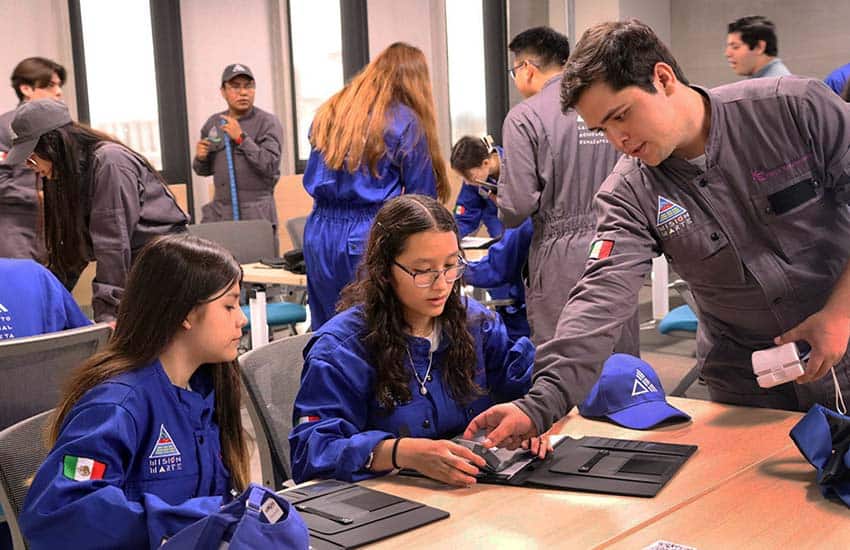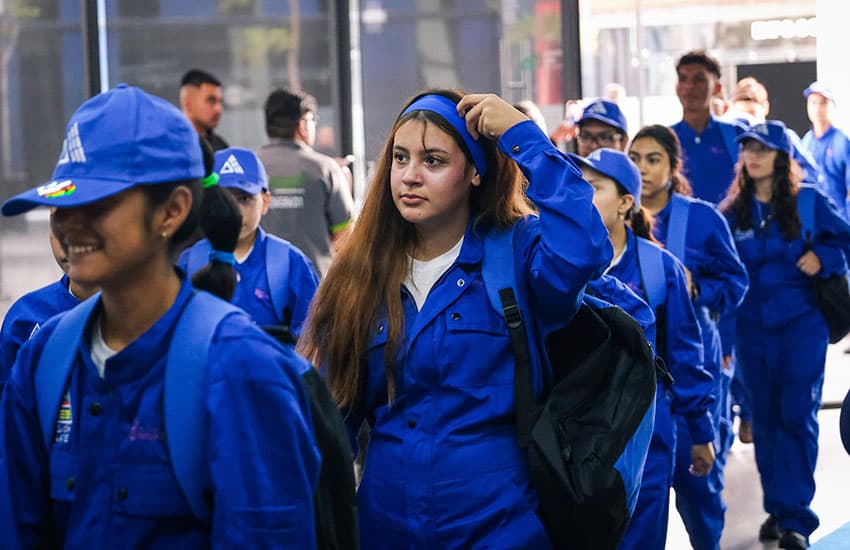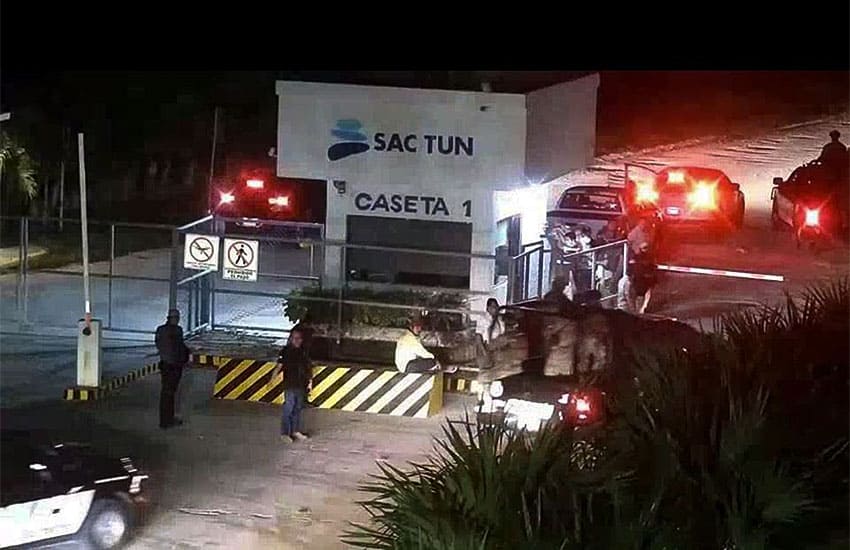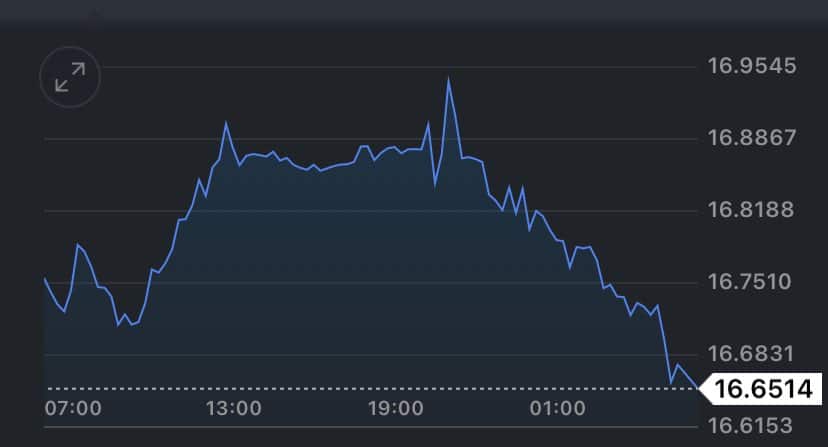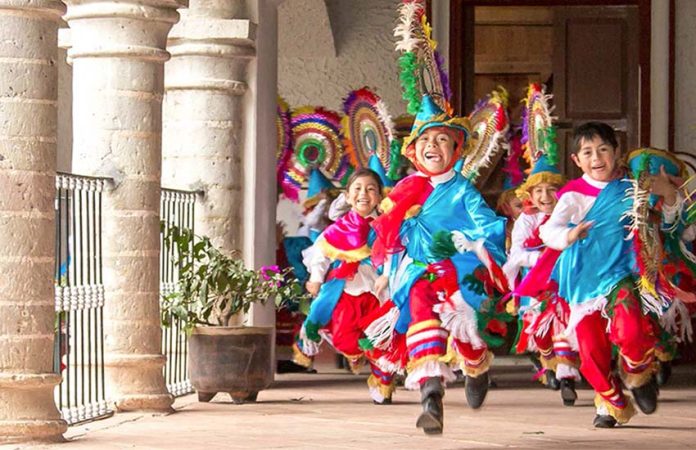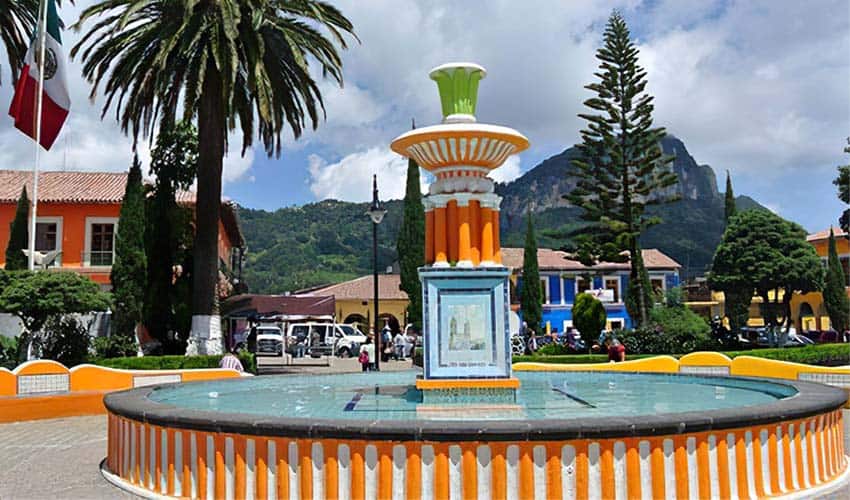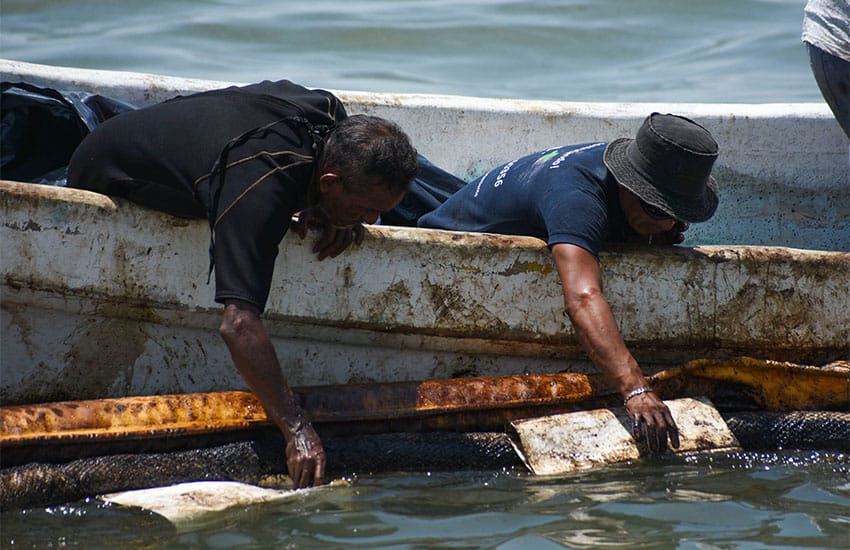President López Obrador on Friday expressed doubt about an assertion from the head of the United States Drug Enforcement Administration (DEA) that the Sinaloa Cartel and the Jalisco New Generation Cartel (CJNG) have more than 40,000 operatives in over 100 countries around the world.
DEA Administrator Anne Milgram told U.S. lawmakers on Thursday that “it has been identified” that there are more than than 26,000 “members, associates, facilitators, and brokers” of the Sinaloa Cartel around the world.
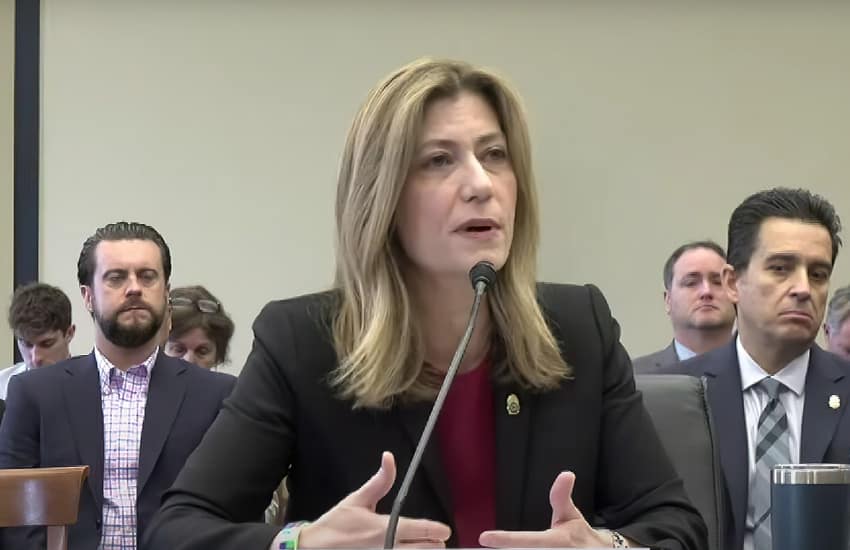
She also noted that the cartel formerly led by imprisoned drug lord Joaquín “El Chapo” Guzmán “reportedly has a presence in 19 of the 32 Mexican states.”
Speaking before the U.S. House of Representatives’ Subcommittee on Crime and Federal Government Surveillance, Milgram said “it has been identified” that the CJNG currently has more more than 18,600 “members, associates, facilitators, and brokers” around the world.
The DEA chief said that the Jalisco Cartel — headed up by the elusive Nemesio “El Mencho” Oseguera Cervantes — “reportedly has a presence in 21 of the 32 Mexican states.”
Milgram, who repeated her claim that the Sinaloa Cartel and the CJNG pose “the greatest criminal threat the United States has ever faced,” told lawmakers that “these ruthless, violent, criminal organizations have associates, facilitators and brokers in all 50 states in the United States.”
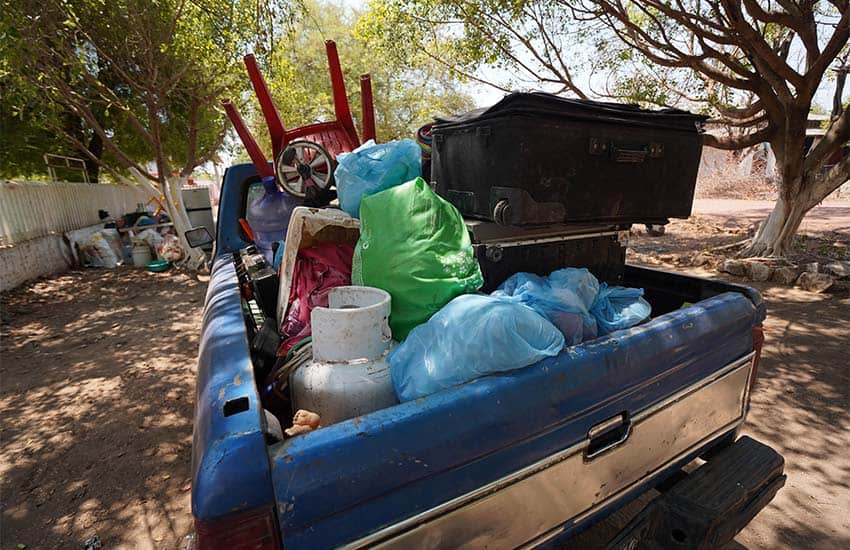
“The DEA will continue our relentless pursuit of the Sinaloa and Jalisco Cartels — the criminal networks most responsible for fentanyl-related deaths in our country — and we will continue to work tirelessly to defeat these cartels and dismantle every part of their global supply chain, in order to protect the American people,” she said.
A reporter brought the DEA administrator’s remarks on the global number of Mexican cartel operatives to the president’s attention at his Friday morning press conference, which was held in Tepic, Nayarit.
“We don’t have that information. I don’t know where the DEA lady got it from,” López Obrador responded.
“Hopefully they give us more details. … They should tell us the proof they have,” he added.
López Obrador said that U.S. officials hadn’t disclosed the information shared by Milgram at security meetings in Mexico City earlier this week.
“That’s a problem they have in the United States government. I say it with complete respect: there’s no coordination between [the different departments],” he said.

“… That’s the way it was before in Mexico, but order was established. Before, the Ministry of Defense worked on its own, the navy did its own thing, the Security Ministry did as well and the state governments did what corresponded to them. Now we all work together … and we make joint decisions,” López Obrador said.
He recalled that he rejected a 2021 claim by a U.S. military general that about one-third of Mexico’s territory is controlled by criminal organizations, and asserted that U.S. authorities “don’t have good information.”
López Obrador said that the claim that the CJNG operates in 21 Mexican states was also wrong, but he was evasive when asked how many states that criminal organization and the Sinaloa Cartel had a presence in.
“It basically has to do with the number of homicides, the states with the most crimes. … Yesterday there were 70 homicides … [and] 43% … [were committed] in four states,” he said, adding that 13 states had a murder-free day on Thursday.
López Obrador asserted that the media doesn’t take “our data” into account, “but data from the DEA comes out” and “eight-column” stories are written in every newspaper in the country.
Mexico News Daily
